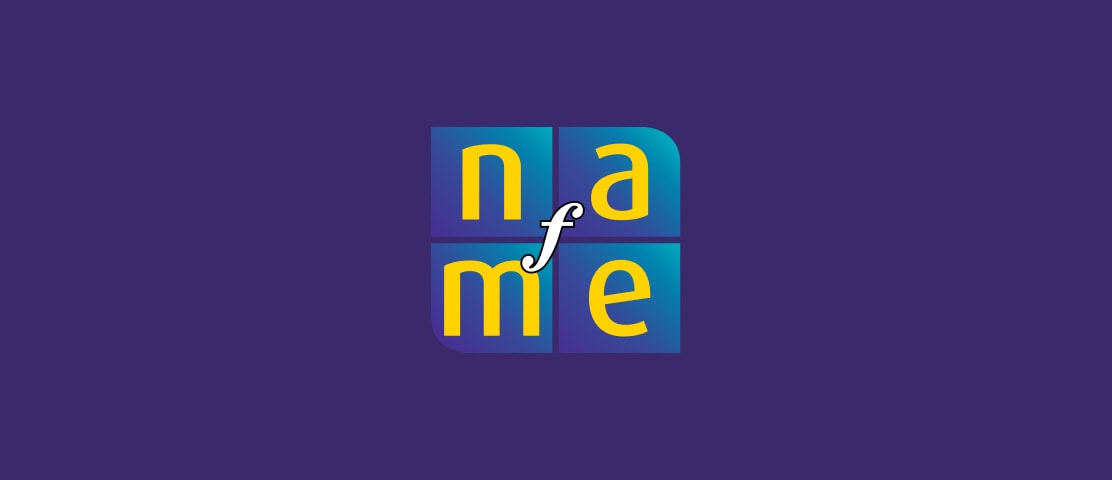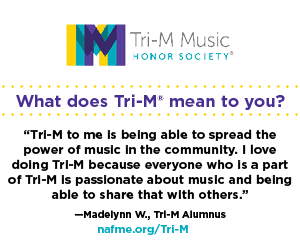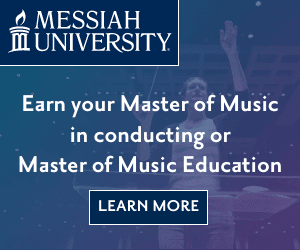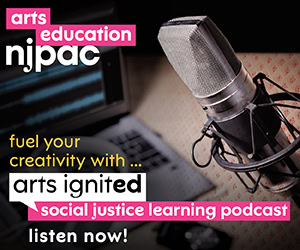/ Publications & Resources / Resource Library / After-School Music Education Programs
The National Association for Music Education
After School Programs
After-school programs, including after-school music programs, have been added on to the end of the regular school day in recent years with the intent of benefiting students. However, using after-school music programs as substitutes for music (a core subject) during the day is not acceptable. After-school programs should supplement, not supplant a complete music education program presented during the school day. The only conceivable exception is a strategic one: if a school does not offer music education courses during the day, then an after-school program used as a first step in a specific timetable developed with the ultimate goal of implementing day classes during the regular school day, may be acceptable. There should be no restriction on the accessibility and availability of music classes to all children during regular academic hours. Equal opportunity for all students to participate in after-school music programs is often not realistic in actual practice due to many factors such as after school jobs, sports, transportation and family responsibilities.
Concerns
While many types of after-school programs support children’s development, there are two types of after-school music programs: (1) those offered in lieu of music classes during the regular school day, and (2) those offered as enrichment learning experiences beyond those occurring during the regular school day. While not a panacea, after-school music programs can help some students overcome the obstacles of disadvantaged backgrounds. After-school and music programs can also expand and enrich all children, regardless of their background. However, attention needs to be paid to the quality of the programs and the activities that are offered. In particular, after-school music programs should not duplicate nor supplant the music instruction that takes place during of the school day, and they should offer the children a certain amount of self-direction and the freedom to pursue their own musical interests.
The Music Educator’s Role
A music teacher may be involved directly or indirectly in after-school music programs. Regardless of their level of involvement, before the start of an after-school program music educators should:
- help to assess a school’s needs
- participate in setting goals and objectives
- verify the credentials of any individual or group before they are allowed access to students
- check references and credentials of employees and volunteers
- establish clear agreements and adherence to school/district policies regarding on building use and care with regard to after-school music programs
- work with the program director or delegate that responsibility to a trusted colleague or parent volunteer
During the school year, music educators should be willing to:
- visit the program and look at what’s going on
- inform parents, teachers, and the community about the program
- offer a variety of programs to keep students interested
- cancel programs that are not meeting student needs or are not effectively promoting student learning
- offer assistance in helping to plan music activities and instructional strategies
Music educators should attend after-school activities as the school requires. Some schools districts offer extra compensation for regularly employed teachers who engage in after-school activities with students. In general, it is best to follow the precedents set by local rules and regulations. Nevertheless, music educators should be aware of the difference between after-school programs being offered as an inappropriate extension of the school day and beneficial enrichment.
If there are no music classes offered during the regular school day, make sure that any after-school music program proposed does not delay the implementation of planned in-class music education. The difference between day music classes and after-school music activities must be easily discerned and clearly articulated. If there is any possibility of negative impact on the curricular program, concerns about the after-school program should be immediately and forcefully voiced to the decision-makers involved.
Guidelines
MENC recommends a sequential music education for all children within the regular school day that is (1) linked to content and achievement standards, (2) taught by qualified teachers, and (3) exposes students to a variety of music genres. In addition, MENC supports music beyond the classroom through music workshops in community centers, behind-the-scenes opera programs, folk music classes, and other events, including workshops and performances. Activities outside the classroom can include after-school music programs. Three important aspects contributing to the overall quality of music programs both inside and outside of the regular academic day include the teacher involved, the content, and the assessment and evaluation of both.
People and Partnerships
The main focus of an after-school music program should be the children themselves. The activities should be nondiscriminatory and age and ability appropriate. Quality after-school staff is a must, as well as communication about programming between school-day and after-school personnel and the strong involvement of families whenever possible. Program organizers should seek to engage the maximum number of students within the established limits of the program.
Another valuable resource is effective partnerships with community-based music organizations, such as symphonies or special-interest music groups, which in turn can engage their own networks, volunteers, and suppliers. Programs sponsored and operated by for-profit businesses, community organizations, private schools, church groups, and government agencies like Municipal Park and Recreation Departments do not and should not replace in-school music teachers, but they can support, supplement, and enhance in-school instruction.
Content
Enriching learning opportunities should capitalize on children’s natural interests, providing materials, equipment, and opportunities for expressive musical involvement. These activities should be tailored to the age and needs of the children, and they should be voluntary rather than compulsory.
An after-school music program that includes such activities as tutoring and mentoring, homework help, academic enrichment, skill development and community service opportunities may support student learning and development. In no way can after-school music replace the standards-based, measurable goals established by a highly qualified certified professional. Activities in this type of program may help to expand and enrich a well-designed music curriculum, but they cannot duplicate or replace one.
Assessment and Evaluation
A well-designed program can withstand scrutiny. It should be evaluated regularly, and, based on the results, the activities should be continued, modified, or cancelled. However, evaluation of program progress and effectiveness does not mean testing for academic achievement. Testing and evaluation of an enrichment program should be conducted on the program itself, rather than its participants. Where the program is academic in nature (i.e., tutoring for students requiring extra help with concepts or skills presented in school), evaluation of student progress should be done as part of the regular school program rather than imposed as an additional anxiety-provoking factor.
A Final Word
Entertainment should not masquerade as education. Education requires the presence of a knowledgeable, competent and highly qualified teacher, a well-designed curriculum, adherence to music education standards, and the assessment of specific and predefined outcomes.
Category
- Diversity, Equity, Inclusion, and Access (DEIA)
Resource Type
- Position Statement
Year Added
2005




